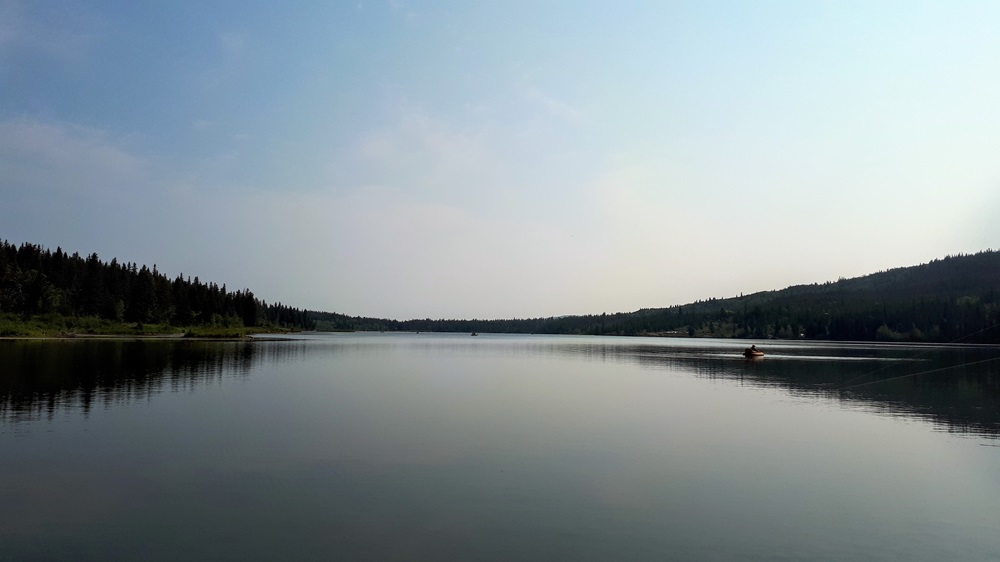Blue-green algae, also known as cyanobacteria, are in full bloom in Alberta lakes this summer.
According to Alberta Health Services, almost 40 water bodies have been affected so far.
Just last week, AHS warned of algae blooms in Eagle Lake, just south of Strathmore.
Signage is also posted warning of blue-green algae at Chain Lakes, south of Longview along Highway 22.
The following precautions have been posted on the AHS site for Eagle Lake.
- Avoid all contact with cyanobacterial blooms. If contact occurs, wash with tap water as soon as possible.
- Do not swim or wade or allow your pets to swim or wade in any areas where cyanobacteria are visible.
- Do not feed whole fish or fish trimmings from this lake to your pets.
- Consider limiting human consumption of whole fish and fish trimmings from this lake, as it is known that fish may store toxins in their liver. (People can safely consume fish fillets from this lake.)
AHS also shared symptoms, and they ask you to call Health Link 811 if you have recently been in contact with the algae.
- skin irritation or rash,
- sore throat,
- sore red eyes,
- swollen lips,
- fever,
- nausea and vomiting and/or diarrhea.
According to the site, the symptoms appear within one to three hours and usually clear up within a day or two.
If you have children or pets, you will need to be vigilant, as exposure to pets may be fatal, and the symptoms are usually more pronounced in children.
They also say you should never use contaminated water as even boiling the water won't remove the toxins. The infected water also doesn't necessarily turn blue-green and can be greenish-brown, brown and/or pinkish-red and can smell musty.
The infected water appears like scum on the surface, or grass clippings, fuzz or globs.
However, AHS notes that where the bloom is not visible in Eagle Lake, it can still be used for recreational activities.
